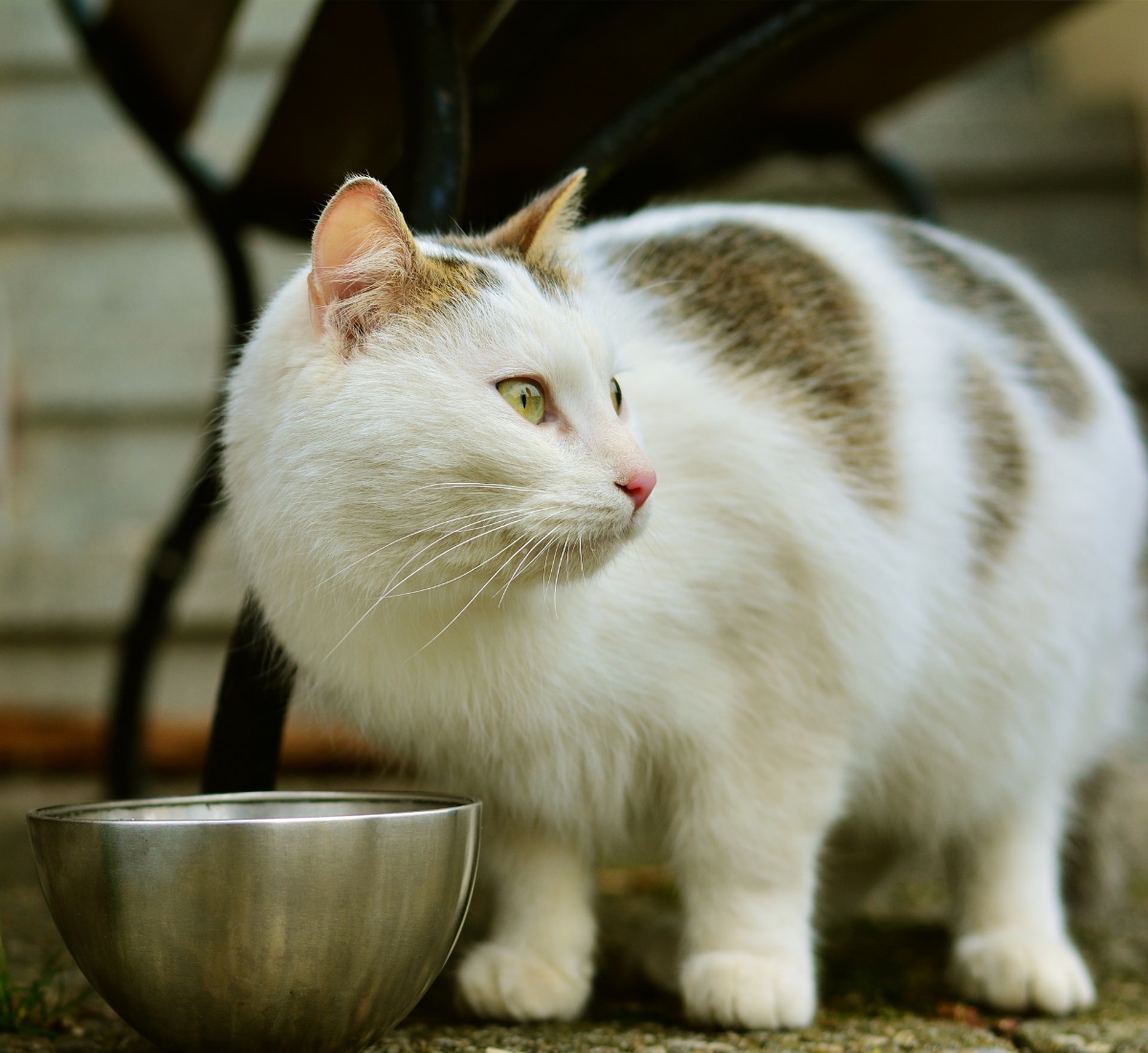1. Decide what type of food to feed your cat. Cat food comes in a vast array of types: dry food, semi-moist, and canned are the common types. Dry food is easily and efficiently stored, but cats go wild for the taste of semi-moist and canned foods. The latter types can add more fluid to the cat’s diet than dry foods. In general, food type comes down to owner preference.
2. Choose a good brand of cat food. Like other animals, cats have some specific nutritional needs. They are “obligate carnivores,” which means they need animal proteins to avoid severe health consequences. Ask your vet for suggestions about a good quality food. Cheaper products may not provide enough nutrition to keep your cat happy and healthy.
3. Follow your cat food’s suggested feeding guide. In general, cats are fed according to age, weight and activity levels. They prefer to eat frequent, small meals throughout the day.
4. Don’t overfeed your cat. Follow your veterinarian’s recommendations closely and make sure your cat gets plenty of exercise, as obesity is one of the biggest health issues facing cats today. Obese cats are more likely to develop diabetes when they approach middle age. Extra weight also contributes to arthritis, heart disease, and other health problems in cats.
Reference: Wikihow. (01/05/2018). [Blog Post]. Retrieved from https://www.wikihow.com/Take-
Care-of-a-Cat. [Accessed 15 May 2018].

